“Plastic pollution in the world's oceans can be thought of as the world’s largest continuous oil spill, only in solid droplet form.”
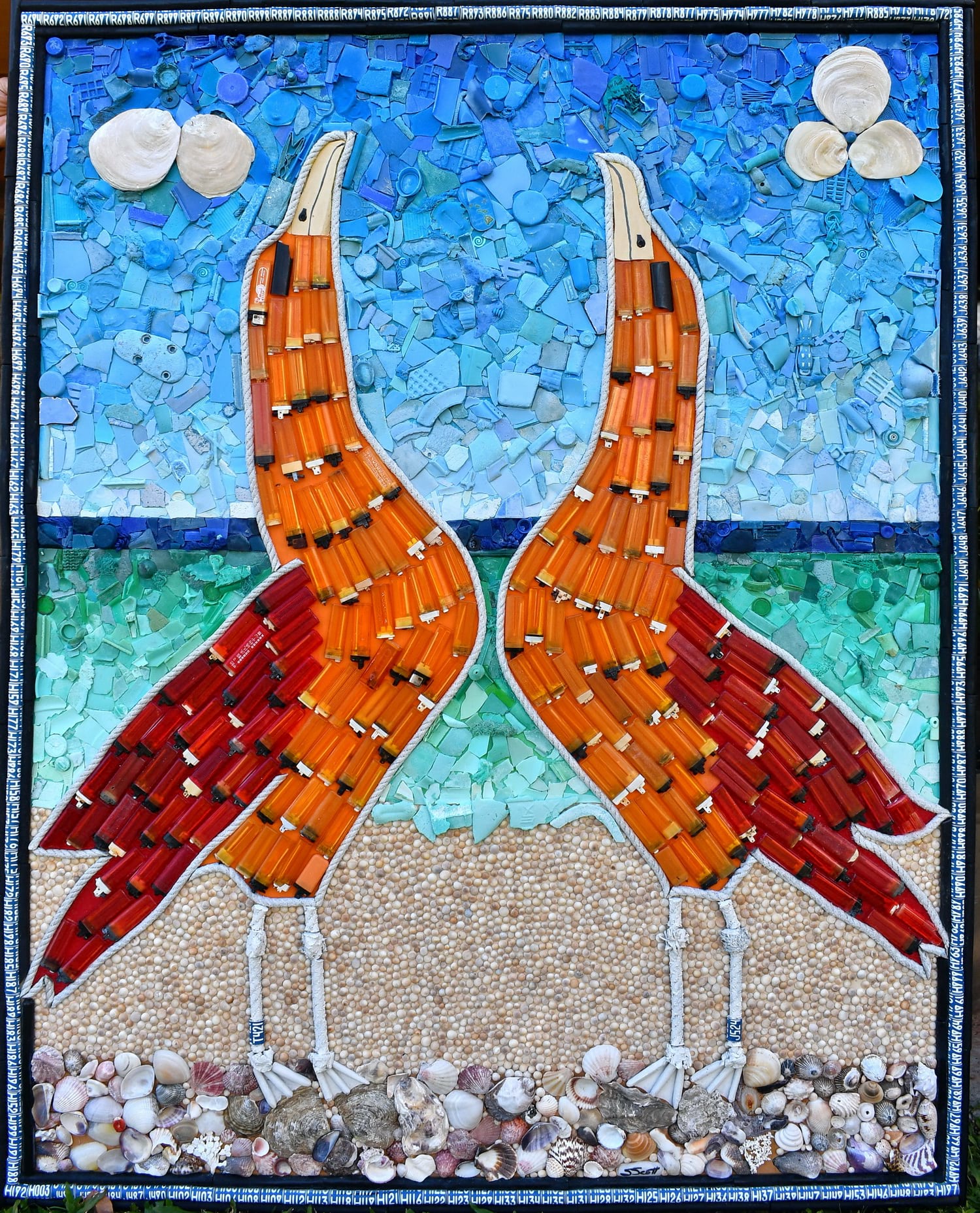
Thanks to the integration of GIS with the sciences of remote and in-situ observation and measurement, we have a stronger understanding of ocean plastic pollution – its major sources, movement, impacts and ultimate destinations.
Recently, Environmental Emergency Response experts from USEPA and Ocean P3 Systems collaborated with Esri in development of a story map to better inform individuals and communities about the global ocean plastics problem and to provide options for taking action.
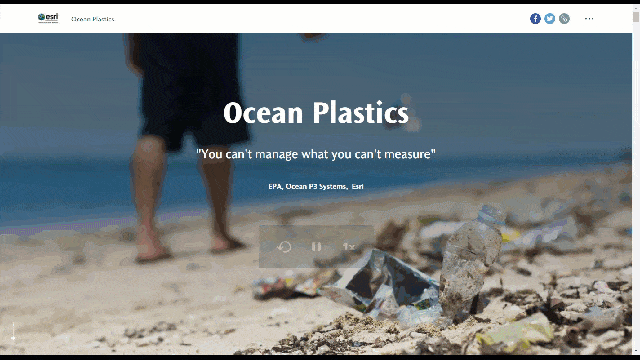
The story map displays the role of GIS in understanding and addressing ocean plastics pollution and demonstrates that we know enough to act NOW. Although the world lacks the scientific data to understand the full extent of the problem, we do know that plastic does not have a place in the natural environment and that we have the capabilities to correct it. Actions are needed to prevent the loss of plastics to the environment, and we need ways to measure the effectiveness of solutions.
Please use this story map to promote the actions needed to stop plastic waste loss to the environment. Action is required by individuals, demanding support from their local, state and federal representatives. The need for accountability extends from manufacturer and post-consumer use to responsible reuse/end of life.
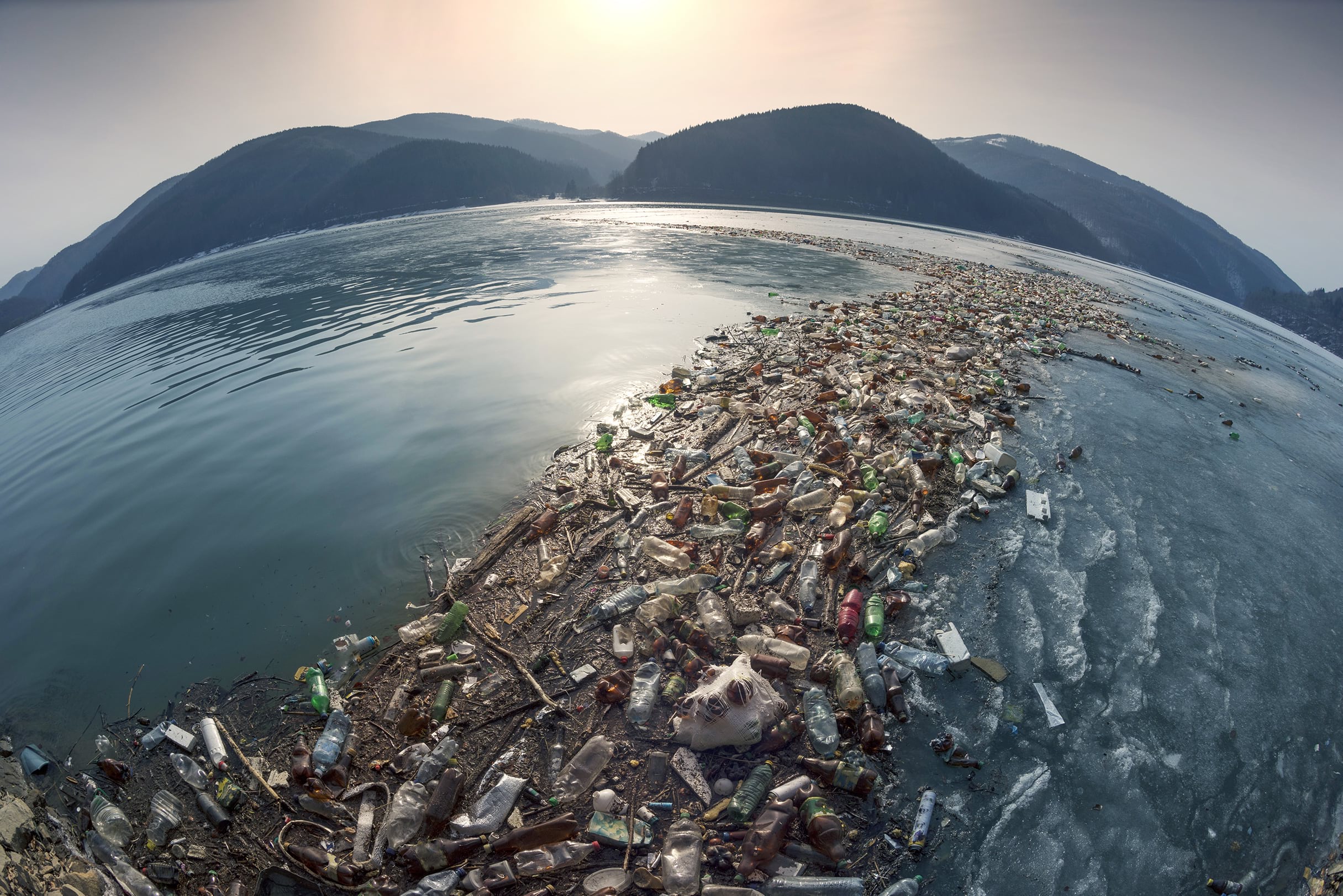
Ocean P3 Systems and EPA plan to present this story map and the journey to creating it at the Esri Ocean, Weather, and Climate GIS Forum in early November. Please join us for the event.
The Opportunity Project was launched in March 2016 as a White House initiative to catalyze new technologies that use federal and local data to empower communities with information about critical resources, and is now a widely used model for collaborative problem solving through data, technology, and user centered design.
This story map is an engaging digital tool that complements existing citizen science plastics data. It was created in response to a challenge presented by The Opportunity Project, and presents survey information on the amount of plastic on beaches, the sources of plastic pollution, the impacts of plastic on the environment and actions that can be taken to alleviate the problem, offering solutions to one of our Planet’s toughest challenges.
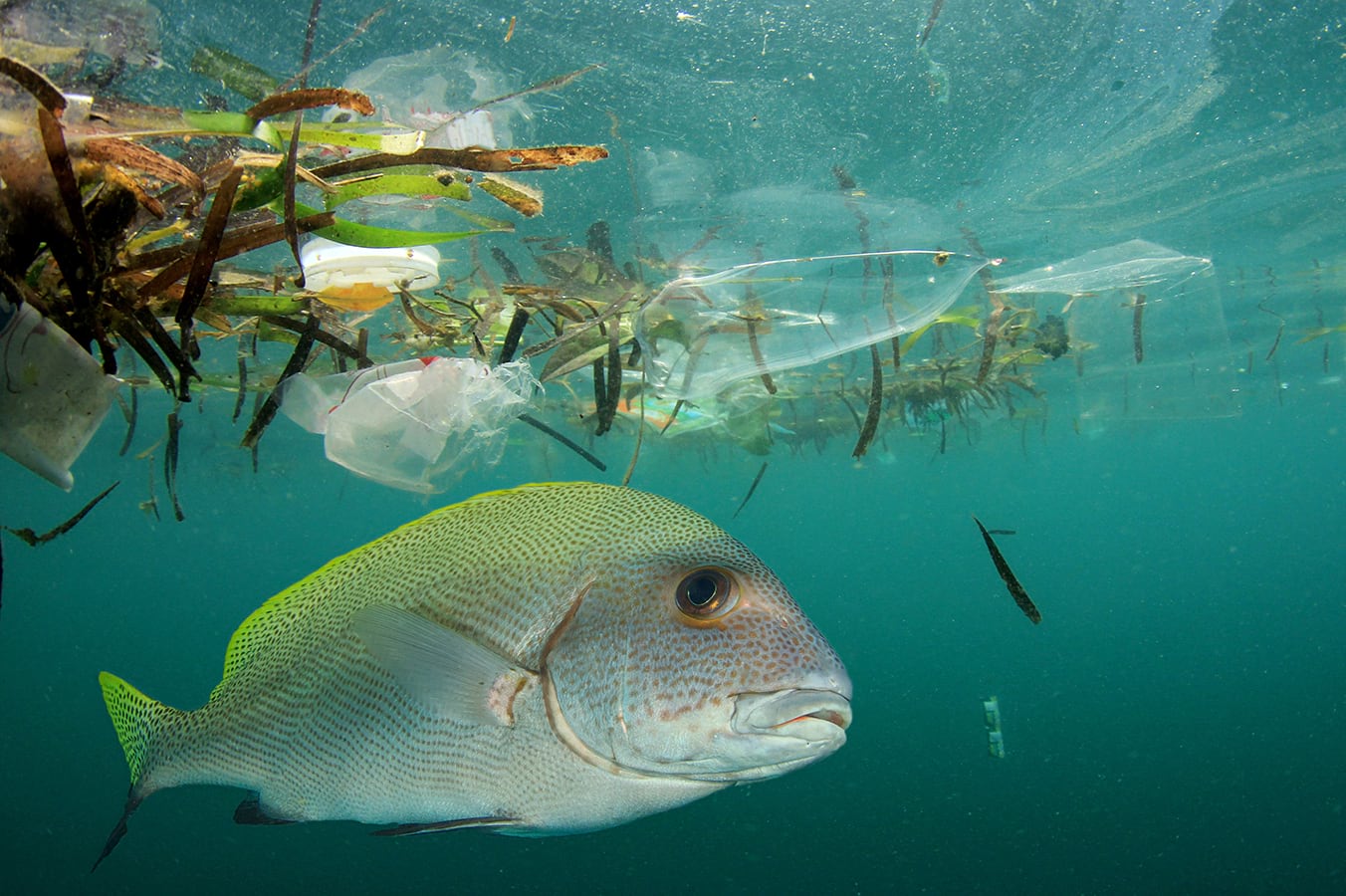
This story map is only one of an ever-growing collection of ready-to-use apps available in ArcGIS Living Atlas and in Esri Maps for Public Policy.
We hypothesize that when micro-plastic particles are ingested as food by marine organisms, sorbed contaminants bioaccumulate and biomagnify within and up the food web, resulting in impacts to the ecosystem and potentially to public health


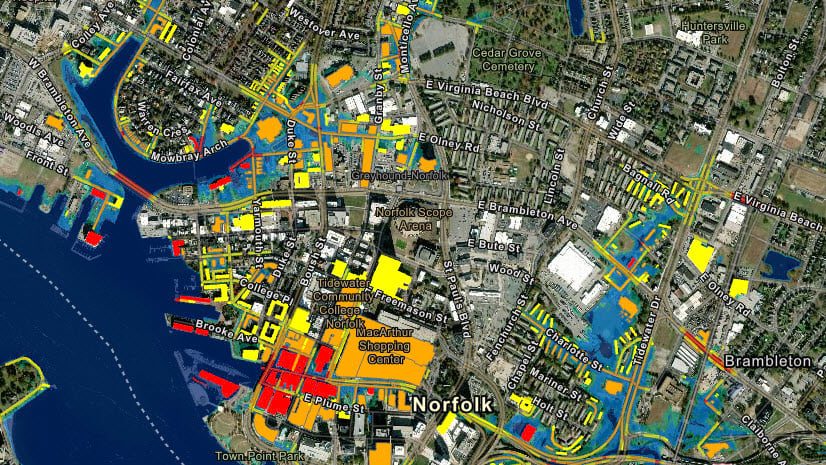
Article Discussion: